At the conference to contribute ideas and provide guidance on building strategies and development plans for vocational education (VET), recently organized by the Department of Education and Training of Ho Chi Minh City, Mr. Truong Anh Dung, Director of the Department of Vocational Education and Continuing Education ( Ministry of Education and Training ), shared and gave specific directions on VET in the coming time.
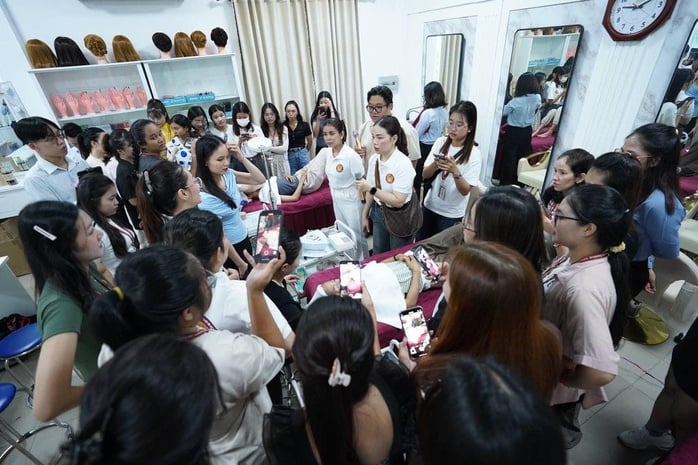
International students study beauty care at Nguyen Tat Thanh College
Dual benefits of vocational high school
In particular, the vocational high school model stands out, a key solution to implement the policy of streamlining after junior high school, while contributing to the universalization of high school education .
According to Mr. Dung, with this model, students after graduating from junior high school can confidently choose to study a profession and obtain a degree equivalent to high school to continue studying at college or university or participate in the labor market.
However, this does not mean that new vocational secondary schools must be established to meet the demand. According to the draft Law on Vocational Education (amended), colleges are allowed to train college programs, intermediate programs, and vocational secondary programs; secondary schools are allowed to train intermediate programs, vocational secondary programs...
Previously, in a workshop to contribute ideas to the draft law amending and supplementing a number of articles of the Law on Education and the policy of the Law on Vocational Education (amended), organized by the Ho Chi Minh City Vocational Education Association, experts proposed to remove the concept of secondary school and replace it with vocational secondary school. At the same time, vocational secondary school was added as a level of education in the national education system.
"Vocational secondary schools are designed as an integrated training program into existing vocational training institutions. Localities can take the initiative in arranging the network of schools. A locality that already has a college or intermediate school in the area does not necessarily need to have a vocational secondary school," Mr. Dung affirmed.
Mr. Dung pointed out that the vocational education system will have many changes in the coming time, especially when vocational secondary schools appear. The input of the secondary system will be high school graduates (except for special and gifted majors) and no longer junior high school graduates as before.
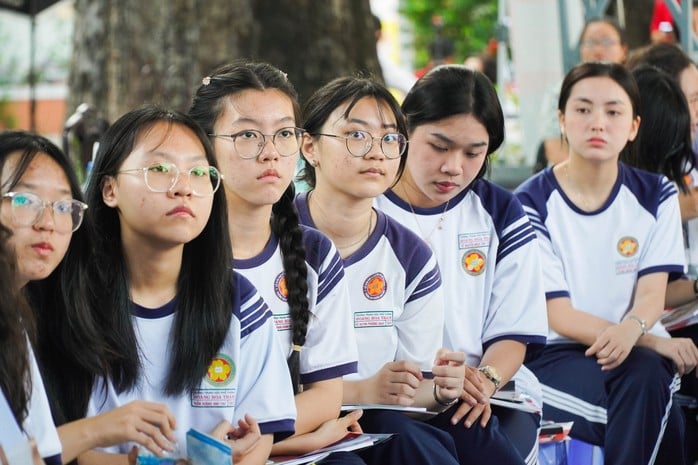
Vocational high school model is expected to be an effective streaming solution.
No more public secondary schools
Ms. Truong Hai Thanh, Deputy Director of the Department of Education and Training of Ho Chi Minh City, said that after the merger, Ho Chi Minh City now has 481 vocational training establishments with a scale of more than 327,000 students. This number reflects the great demand for vocational training in society, and at the same time poses challenges in the management and development of human resources.
It is expected that after the restructuring of public service units, Ho Chi Minh City will have 19 affiliated public colleges and no more public secondary schools.
Ho Chi Minh City's orientation on vocational education development to 2030, with a vision to 2045, clearly states that it will attract 45-50% of junior high school and high school graduates into the vocational education system; female students will account for over 35% of the total new enrollment target; about 60% of the workforce will be retrained and regularly trained; about 70% of vocational education institutions will meet quality accreditation standards and there will be about 10 high-quality schools...
Source: https://nld.com.vn/mo-hinh-trung-hoc-nghe-se-la-giai-phap-phan-luong-moi-196251012235513313.htm


![[Photo] Solemn opening of the 1st Government Party Congress](https://vphoto.vietnam.vn/thumb/1200x675/vietnam/resource/IMAGE/2025/10/13/1760337945186_ndo_br_img-0787-jpg.webp)


![[Photo] General Secretary To Lam attends the opening of the 1st Government Party Congress](https://vphoto.vietnam.vn/thumb/1200x675/vietnam/resource/IMAGE/2025/10/13/1760321055249_ndo_br_cover-9284-jpg.webp)

















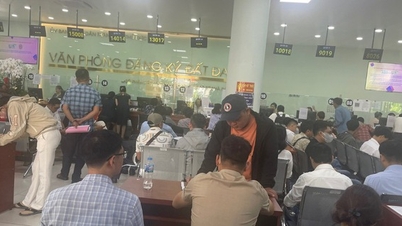

































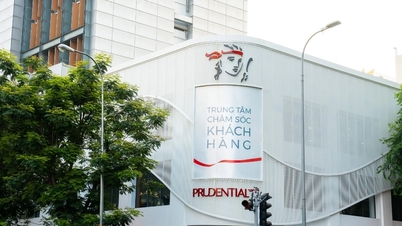













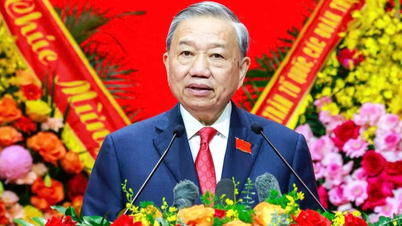
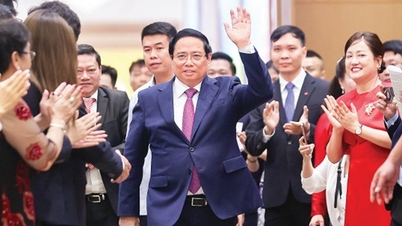

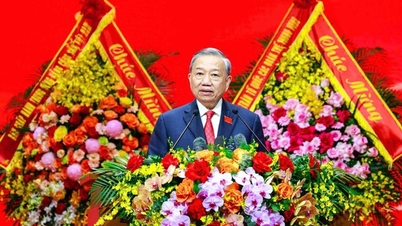


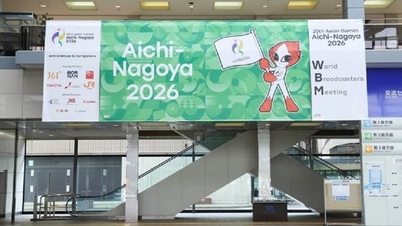



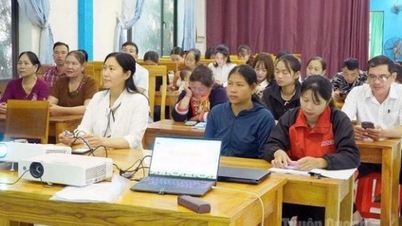









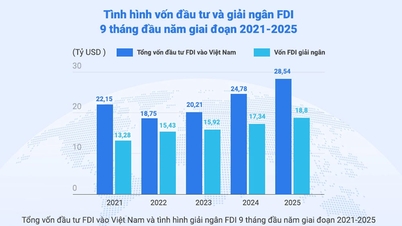














Comment (0)